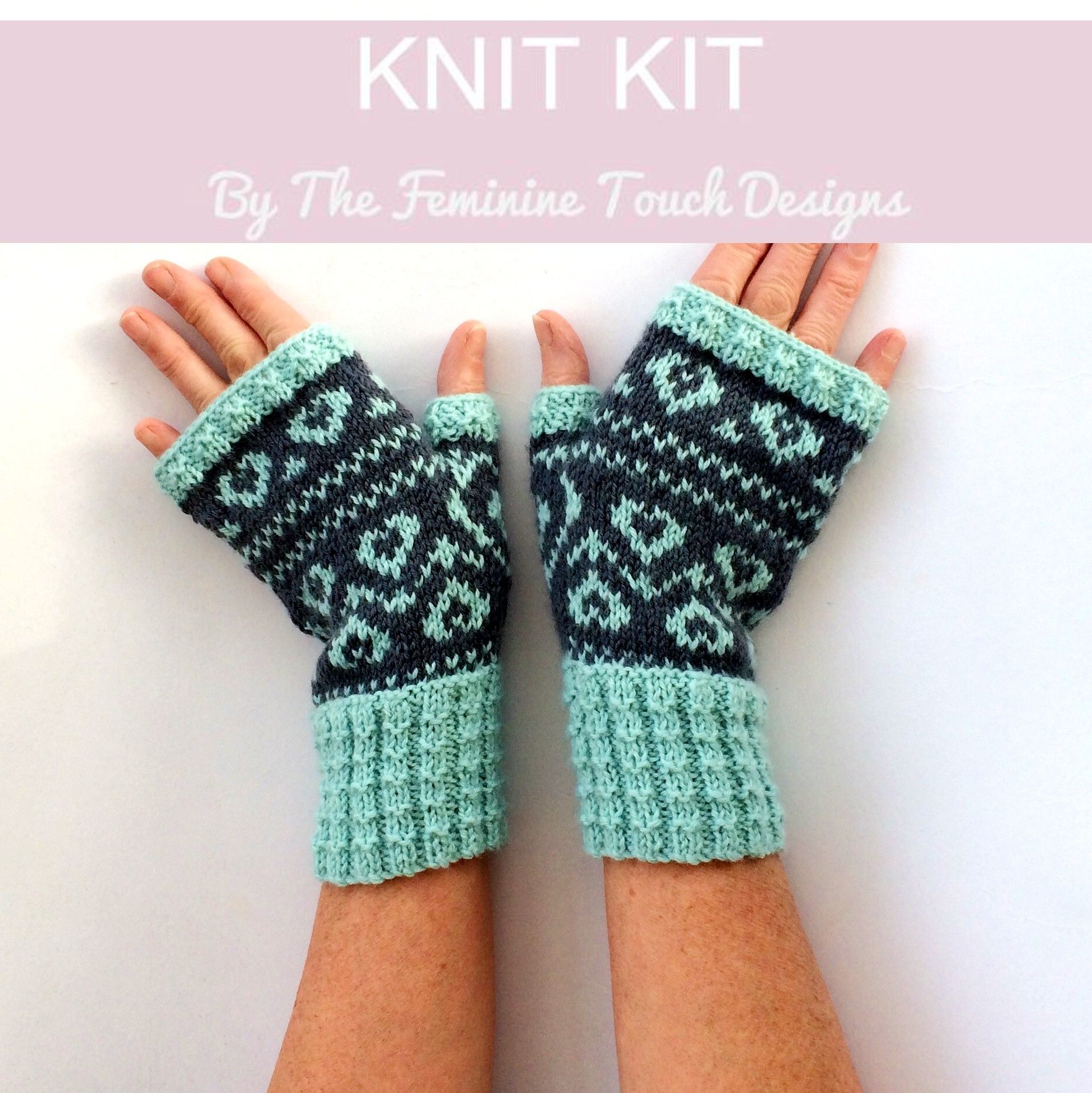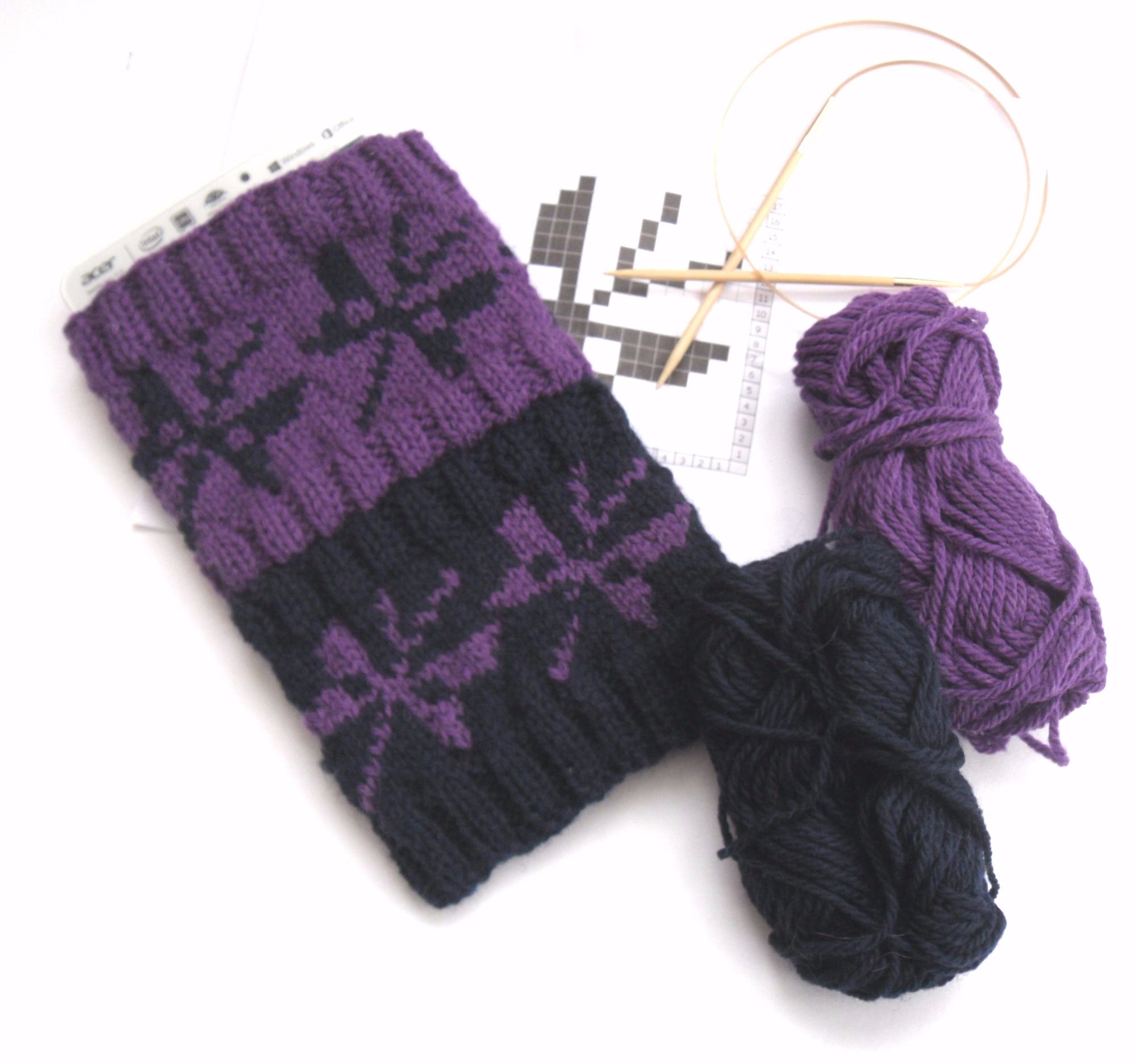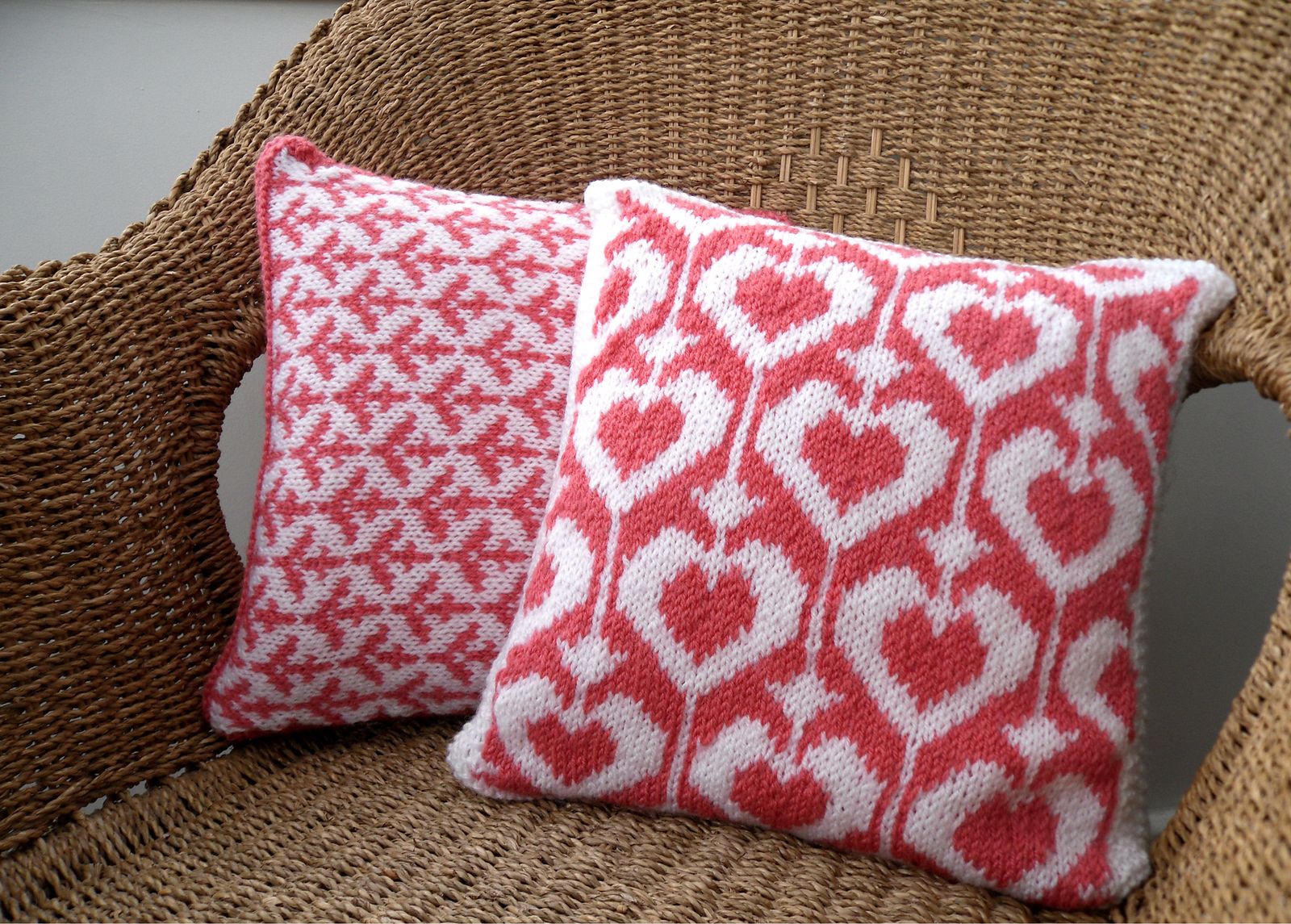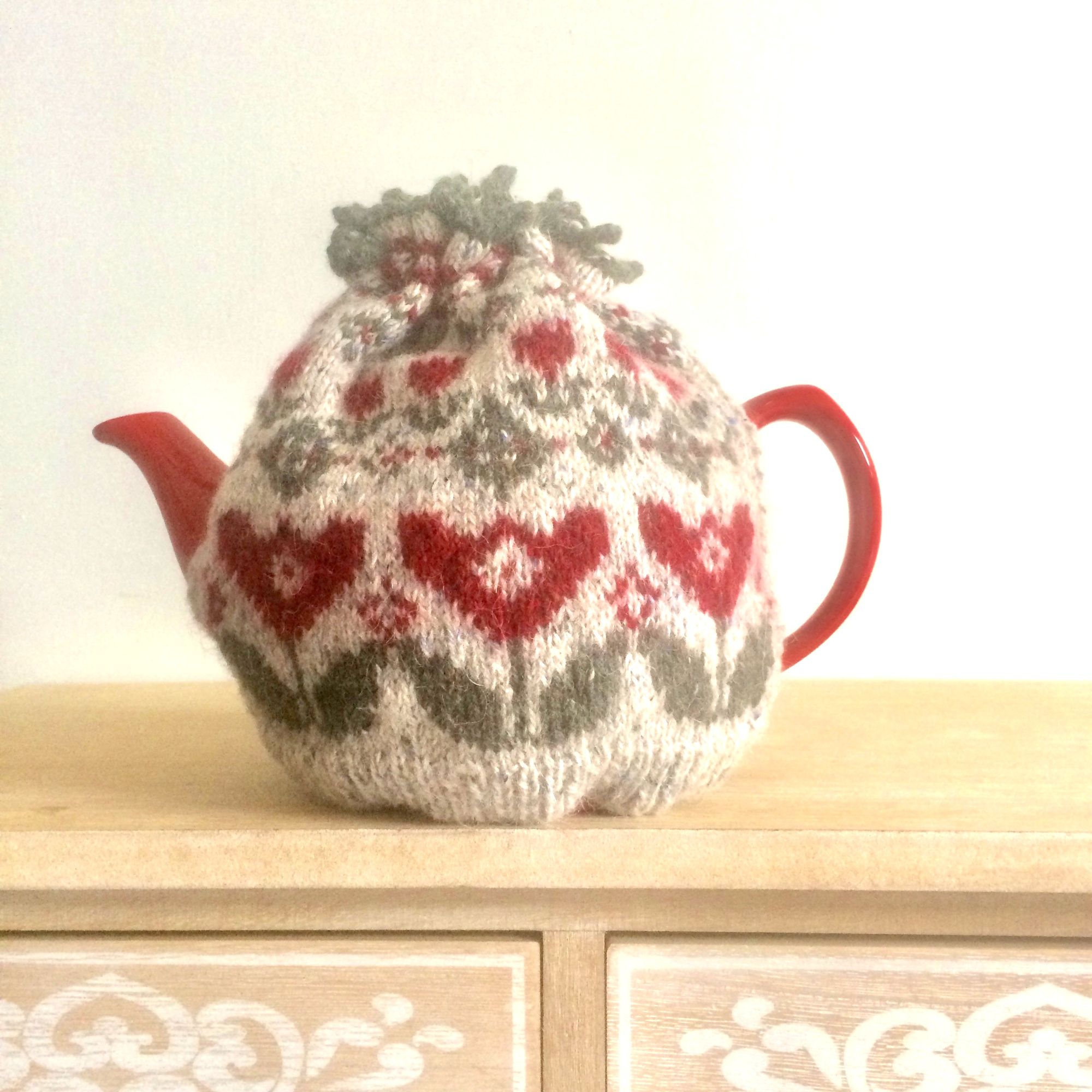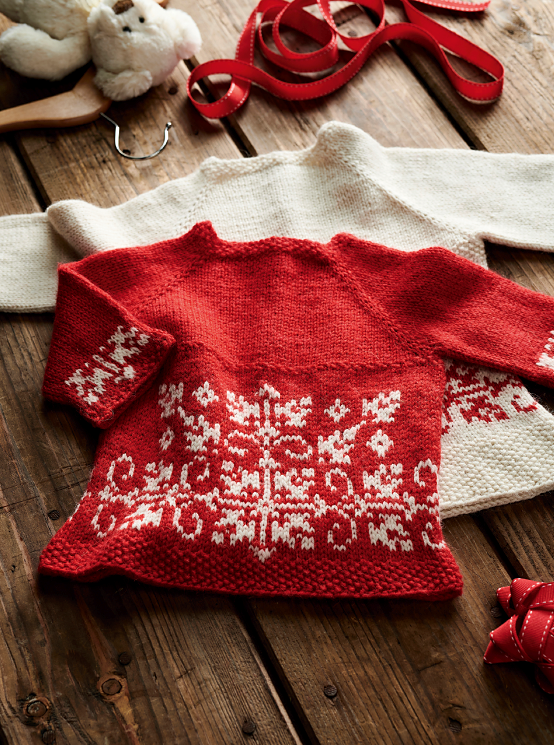What is Stranded Knitting?
Stranded knitting, also known as Fair Isle knitting or colorwork, is a technique in which you work with two or more colors of yarn in the same row to create colorful and often intricate patterns in your knitting. This technique is commonly used in creating items such as sweaters, hats, gloves and mittens.
When you swap back and forth between colours on the same row, you hold the unused yarn at the back of the knitting until you're ready to work with it again. This leaves small strands or 'floats' of yarn on the reverse side – hence the term 'stranded colourwork'. Make sure to catch the floats (strands of yarn not in use - anything over approx 5 stitches? ) behind the stitches consistently so that they are not too loose or too tight.
What are the differences between Fair Isle, Stranded Knitting & Intarsia?
Select the colors you want to use in your project. You can use a color wheel or other color theory principles to help you choose a pleasing color palette ensuring that colours that will lie next to each other contrast enough. You need to plan this before you start. SWATCH & play around with the colours.
How to hold your yarn
Check out this link - Three ways to hold yarn for stranded colourwork - Ysolda
There are several ways of doing this and you will work to your preference. Remember to work your swatch the same way you intend to work your project.
Holding one colour in each hand
Use picking (continental knitting) to work the stitches in the left hand and throwing (engish knitting) to work the stitches in the right hand.
Holding both colours in the same hand
Whether you pick or throw It's all about holding each yarn a set way round your fingers with correct tensioning.

Knitting a Swatch
Before you start a serious project you will need to knit a swatch to ensure that your tension is correct. This is crucial to achieve the desired size and fit of your project. Remember to maintain an even tension in your yarn to prevent puckering or stretching of the fabric.
Use the same swatch to check out the colours you have chosen. Do they look as good together as you imagined?
Yarn Dominance in Stranded Knitting
Stranded knitting involves using multiple colors of yarn in a single row or round to create intricate colorwork patterns.
When working with two different colors in stranded knitting. It's important to consider yarn dominance to ensure that your pattern looks as intended. Yarn dominance refers to which color should appear more prominent or dominant in the finished fabric.
In stranded knitting, you can hold one color in each hand (one color in your right hand and one in your left hand) or both in the same hand. You hold one colour so that it’s always coming from under the other colour when you switch yarns. This will naturally be consistent across a row or round unless you are one of these people (like me) that drop the yarn when switching to the other yarn. In this case its important to be consistant in which yarn comes under the other yarn.
An explanation of yarn dominance - If the colour is held higher it’s going straight across to the next set of stitches in its colour. The yarn held lower is dipping down a little before stranding across and then back up again to reach the stitch. Some of that extra yarn naturally transfers into the stitch, making the stitches in the lower yarn bigger. Hence dominant colour — it makes the pattern pop more against the background.
Yarn dominance is a matter of personal preference and the specific effect you want to achieve in your project. You can try different methods and see which one works best for your desired outcome. It becomes more noticeable when using slippy yarns (wool/alpaca mix for example) as the yarn tends to slip into exagerated bigger stitches than it does for sticky yarns and when doing corrugated ribbing (ever noticed those big purl bumps?).My sample photos below show corrugated ribbing worked in a slippy yarn.
Make sure to catch the floats (strands of yarn not in use) behind the stitches consistently so that they are not too loose or too tight.
Maintain even tension in both colors to avoid puckering or distortion.
More info here:-
Corrugated ribbing and yarn dominance
For corrugated ribbing, which is a type of ribbing pattern that alternates between two colors (typically K1,P1 or K2,P2) you can adjust the yarn dominance. Decide whether you want the knit stitches or the purl stitches to be dominant.
The photo's show the difference when one yarn is more dominant than the other. I think this is very obvious when doing corrugated ribbing. If you choose that the dominant colour is the colour of the purl stitches then you will end up with big purl bumps in the ribbing.
When you switch colors for the ribbing pattern, be mindful of yarn dominance as you alternate between the two colors.


Woking in the round - Steeking for Arms and openings
Steeking is a technique used to cut openings in your knitted fabric, often for sleeves or cardigan fronts. It's typically done in stranded knitting when working in the round.
Your pattern will have the basic information in where to start adding stitches for the steek, just follow that and then when you have finished your work you will:
- use a sewing machine, hand stitch or add a line of crochet stitches to reinforce the steek (the column of stitches where the opening will be).
- Carefully cut the steek column, taking care not to cut the surrounding stitches.
- Fold and secure the cut edges with a crochet edging or needle felting.
Follow - Mastering Steeking: Conquer Your Yarn Fears with Confidence (tangled-yarn.co.uk) for lots more info.





